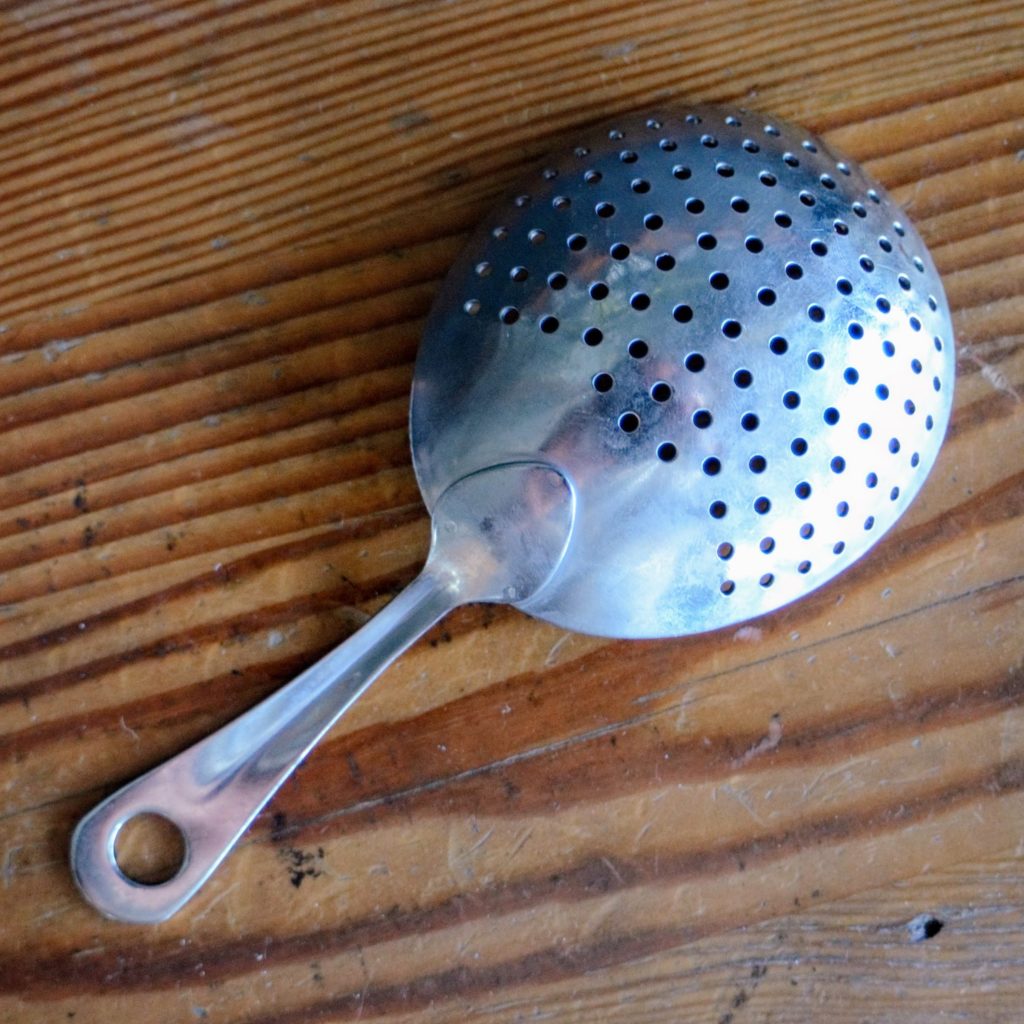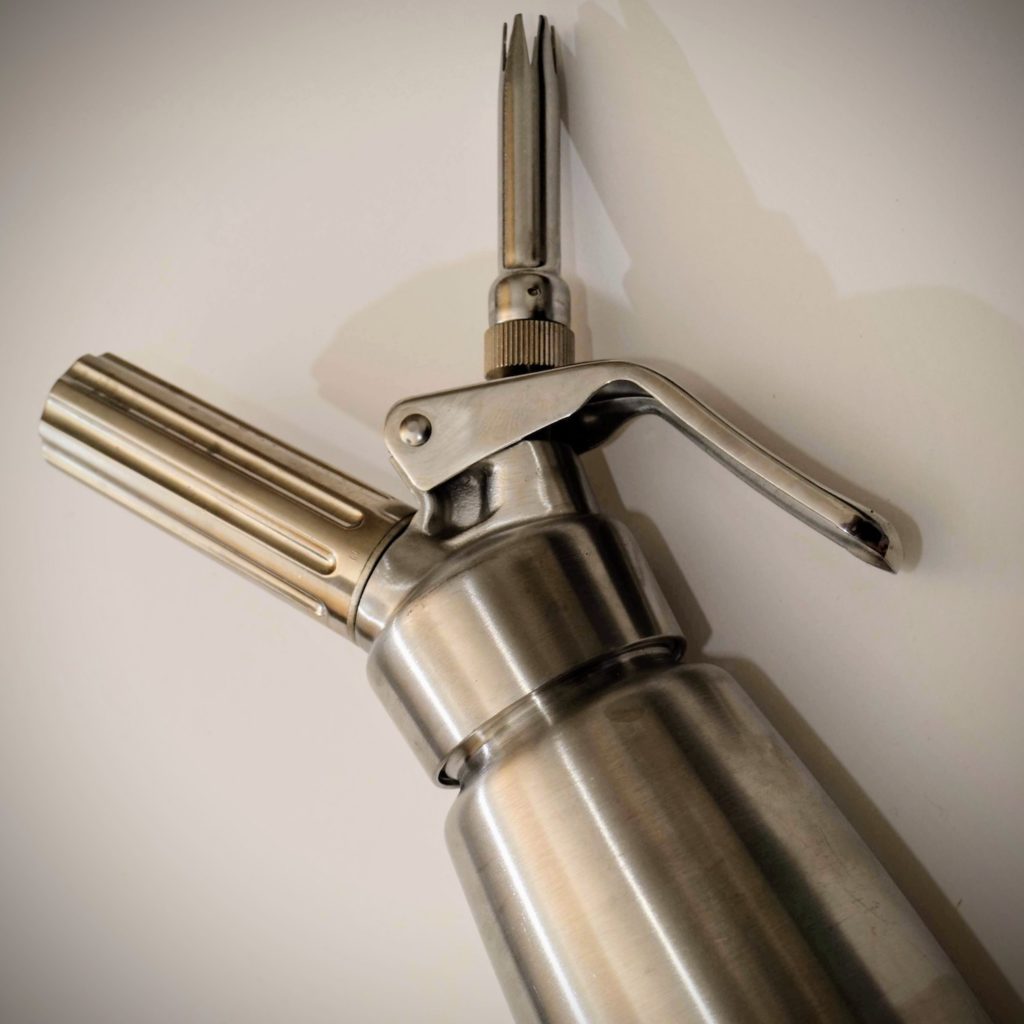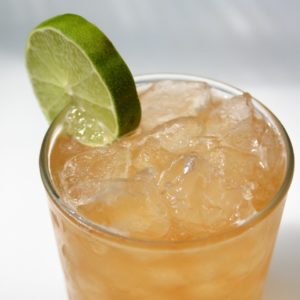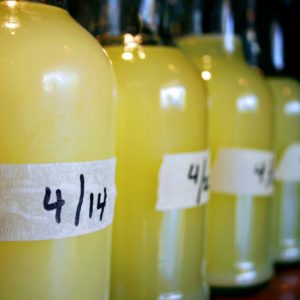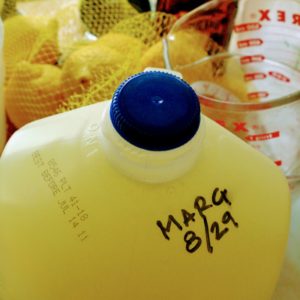Back in 1999, at my first bartending gig that involved liquor and cocktails as opposed to simply beer and wine, I was trained by the day bartender: a crusty old sea hag who informed me, with authority, that limes were nothing more than unripened lemons. My twenty-something self took the knowledge with a healthy grain of salt, but somewhere in the back of my head I thought, “Who knows, maybe I’m wrong?”
The world of drinking has always been fraught with mythology and mystery. From the earliest alchemists who sought to make gold within their crude stills, to the suburban hausfrau who believes paying an extra ten bucks for “gluten free” vodka is worth the money (it’s not, all vodka is gluten free), humans have passed fraudulent information down from generation to generation.
But if there’s one thing I’ve learned in my twenty years behind the mahogany, it’s to be innately distrustful of any sort of lore. And so I’ve dedicated a lot of time to researching some of these old saws, and I’d like to pass my newfound knowledge down to you.
Myth: Fruit infused into alcohol will absorb a greater amount of booze than is found in the drink itself. We’ve all heard this one, at jungle-juice fueled frat parties and fancy cocktail lounges featuring large glass vessels full of vodka-soaked strawberries. But the science behind infusion states that over time, the fruit and alcohol reach an equilibruim, so that the concentration of alcohol inside the fruit is the same as the concentration outside the fruit. Those berries are no more boozy than the vodka itself.
Myth: Switching alcohols will give you a massive hangover. While it’s true that drinking a glass of red wine, a beer, a glass of Scotch, and a bottle of Champagne will result in a painful headache the next morning, your body doesn’t know the difference between those drinks: they’re all ethyl alcohol, water and flavors. The real reason for your hangover is too many damn drinks.
Myth: Bourbon comes from Kentucky. Yes, bourbon originated in Kentucky, and most of the world’s great bourbons still come from Kentucky. But according to The Federal Standards of Identity for Distilled Spirits, the only place-specific requirement for bourbon is that it come from the United States. There are, in fact, some beautiful bourbons coming out of Colorado, Oregon, and California.
Myth: Mezcal and Tequila should contain a worm in the bottle. NO! This antiquated marketing ploy from cheap mezcals imported into the United States in the 1940s tricked generations of drinkers into believing the mythical aphrodisiacal qualities of the gusano larvae. The fact of the matter remains that it’s a dead bug inside a bottle of low-quality spirit.
Unfortunately, many of these myths have helped make drinking fun for generations of party-goers. But with some accurate information, perhaps we’re approaching a new dawn in responsible alcohol consumption, one that is no longer fueled by myths and legends, but rather a greater understanding of what we’re consuming and a better appreciation for high-quality spirits and cocktails.




